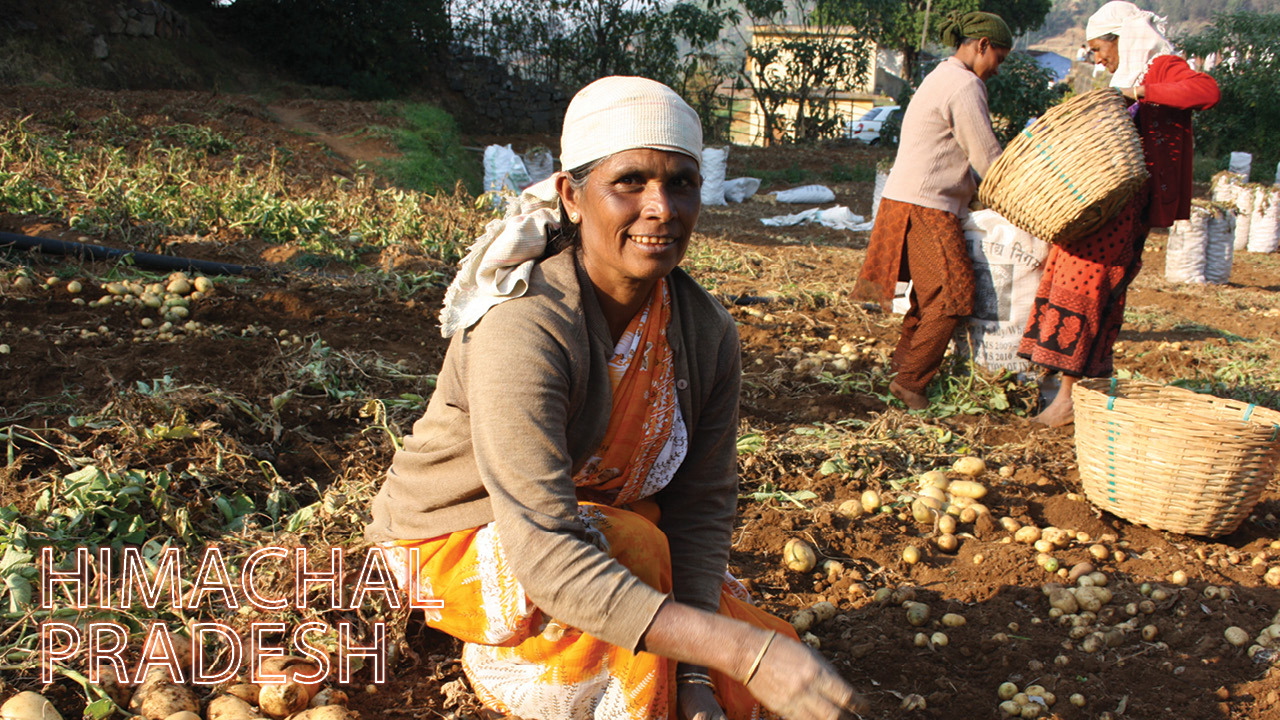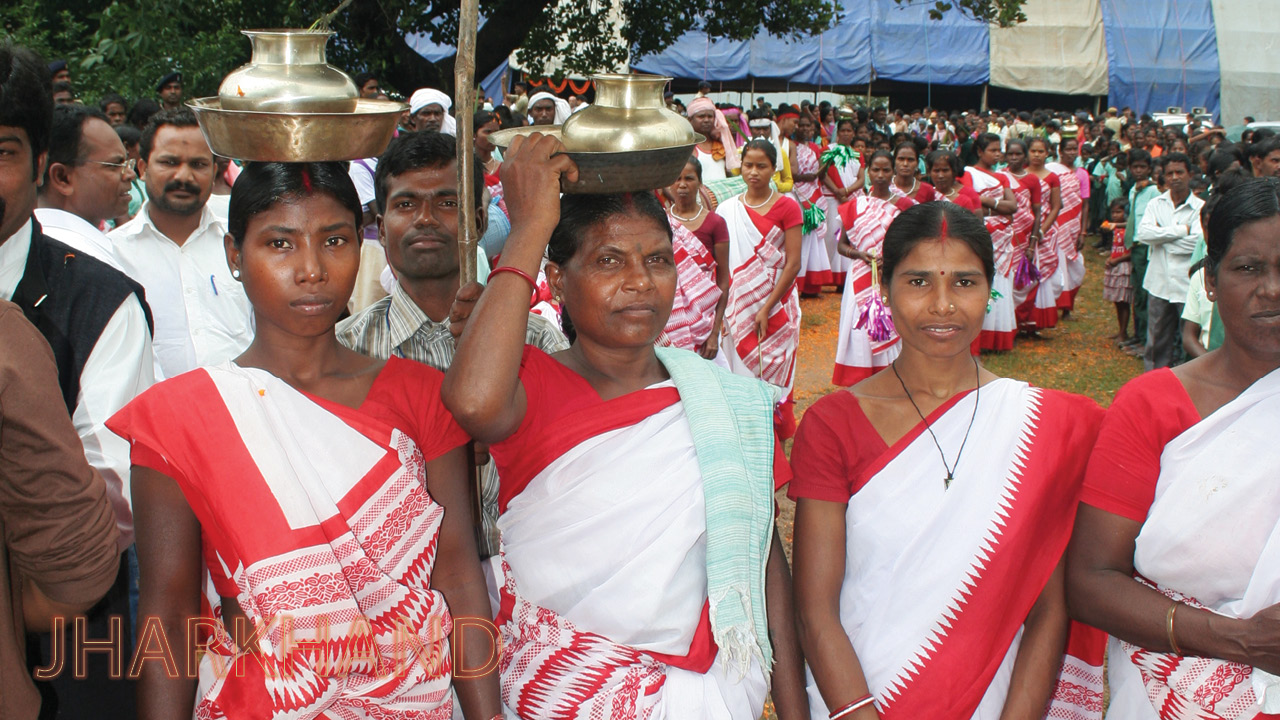Jammu & Kashmir’s emergence as a governance leader in 2024 marks a turning point in the Union Territory’s institutional development and public service delivery. Ranked #10 nationally in the SKOCH State of Governance Index 2024, this is the UT’s first-ever entry into the top 10—a testament to sustained policy reforms, digitisation efforts, and targeted social investments.
With 15 well-performing projects, including three highly impactful and six impactful ones, Jammu & Kashmir is fast transforming into a case study of governance turnaround in a post-conflict, resource-constrained environment.
In terms of rankings across the six composite indices developed under the Viksit Bharat framework, Jammu & Kashmir offers a promising yet nuanced performance. It ranks:
- #10 in the State of Governance Index
- #7 in the State of e-Governance Infrastructure Index
- #15 in the State of Government Transformation Index
Despite this, the Union Territory’s performance across digital and programmatic metrics reveals a strong alignment between innovation and delivery mechanisms. It ranks in the top 10 in both governance outcomes and digital infrastructure readiness—an achievement few states or UTs have matched this year.
From a historical perspective, Jammu & Kashmir’s climb up the governance rankings is remarkable: from #25 in 2020 to #10 in 2024, with steady progress over the past four years. This trajectory suggests that foundational reforms and decentralisation initiatives are beginning to yield sustained dividends. Particularly notable is its #2 national rank in District Governance, signaling a successful devolution of administrative power and stronger institutional capacity at the local level.
Further underscoring this transformation are strong performances in critical development sectors. In Health, the UT has improved from #8 in 2023 to #4 in 2024, driven by programmes like the Healthcare Services and Access initiative in Poonch district. It also ranks:
- #1 in Sanitation
- #2 in Agriculture and Tourism
- #3 in e-Governance
- #10 in Municipal Governance

These rankings are not only sectorally diverse but also indicate success across both traditional service delivery and forward-looking areas like sustainable transport, rural tourism, and climate-responsive pilgrimage management.
The State of e-Governance Infrastructure Index places Jammu & Kashmir at #7, showcasing robust digital penetration, tele-density, and uptake of e-services. This is supported by initiatives like eUNNAT, which has integrated over 1,100 government services into a unified digital platform, benefiting over 1 million citizens. Tools such as the Mobile Dost app have brought services to remote areas, increasing both accessibility and user satisfaction.
Despite significant gains in governance and digital infrastructure, fiscal sustainability remains a core challenge. As per the NITI Aayog Fiscal Health Index 2025, the UT continues to face revenue mobilisation constraints and is highly dependent on central transfers.
The absence of reported data on the Finance and Efficiency indices may reflect concerns around debt management, expenditure efficiency, or institutional opacity in fiscal reporting. These gaps could limit the state’s ability to scale up transformative programmes, especially in capital-intensive sectors like infrastructure, healthcare, and education.
Nonetheless, Jammu & Kashmir has implemented several model projects with replicable outcomes:
- The Holistic Agriculture Development Programme (HADP) has generated 2.88 lakh jobs and supported 13 lakh farmers through technology-driven service delivery and decentralised implementation.
- The J&K Homestay Scheme has created over 2,000 rural homestays, catalysing employment and promoting sustainable tourism.
- The Sustainable Transport System in Srinagar introduced 100 e-buses, reduced carbon emissions by over 2,300 MT, and transformed urban mobility.
- The Swachh Teerth Mission for Amarnath Yatra has created a global benchmark for green pilgrimage management, processing 350 tons of waste with renewable energy and eco-tech interventions.
What makes Jammu & Kashmir’s governance strategy notable is its simultaneous focus on scale, sustainability, and institutional innovation. From launching India’s first renewable-energy powered langar for pilgrims to integrating real-time grievance redress systems, the UT demonstrates that developmental lag need not be a constraint to delivering first-in-class public services.
However, to retain its top-10 status and rise further, Jammu & Kashmir must address key structural issues. This includes:
- Improving fiscal transparency and enhancing own-revenue generation to reduce dependence on central funding.
- Expanding high-impact projects to more districts while increasing platinum and gold-rated initiatives.
- Investing in digital infrastructure that can support real-time monitoring, interdepartmental interoperability, and citizen feedback loops.
If the priorities are met, Jammu & Kashmir can serve not only as a post-conflict success story but also as a replicable governance model for other resource-constrained or newly reorganised territories.



